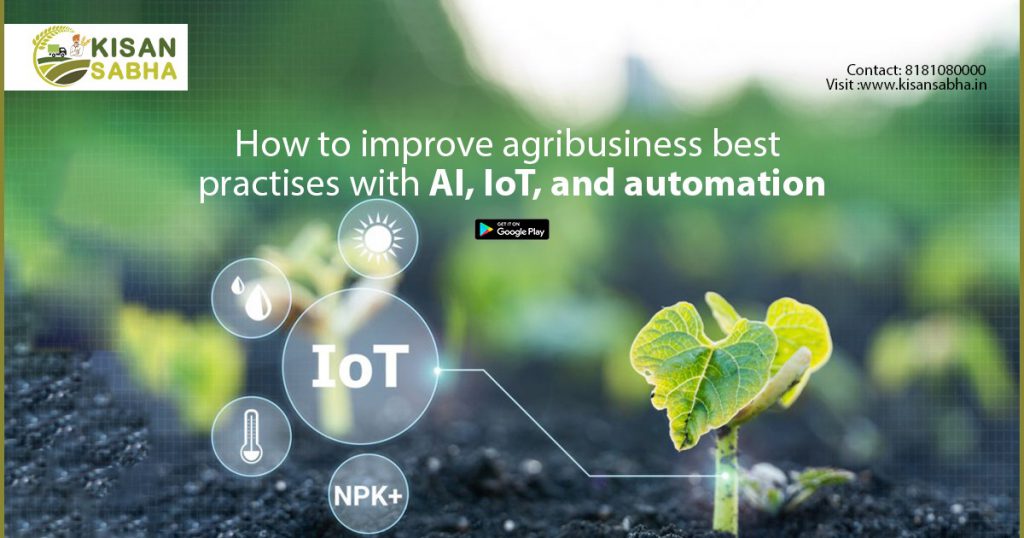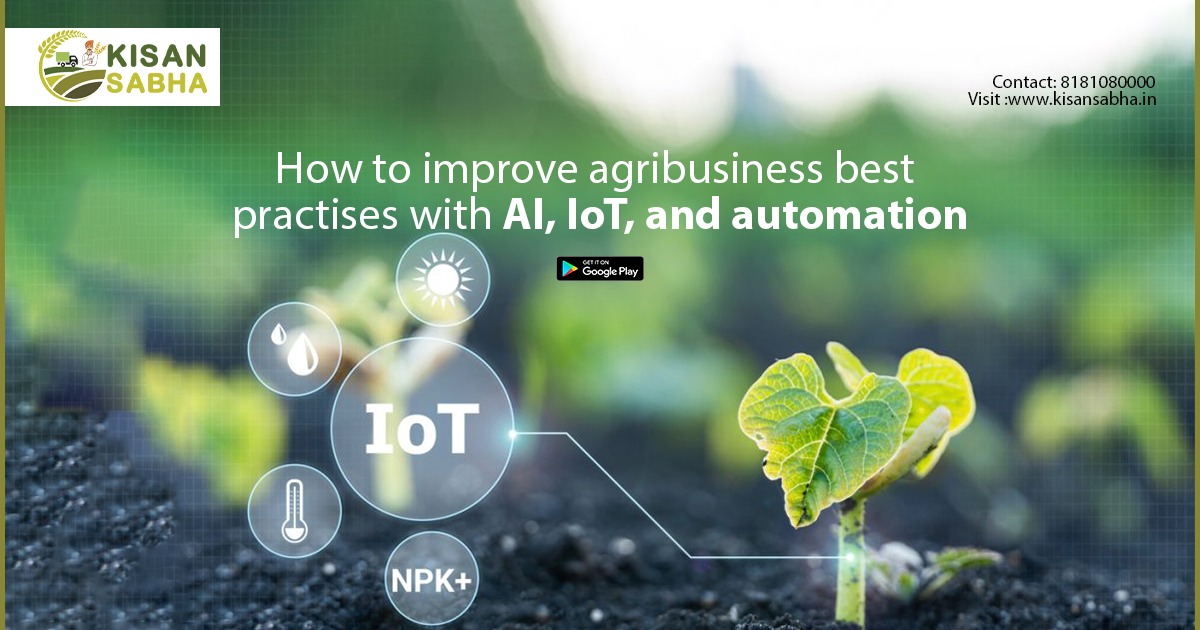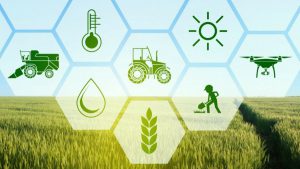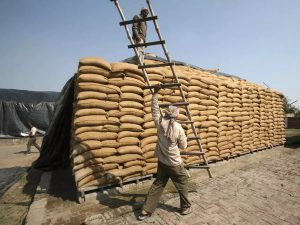There will be 9.7 billion people on the planet by 2050, and there will be a 70% increase in food demand. An key problem facing the food industry is how to increase production in a sustainable way to fulfil the needs of the rapidly expanding population.
Using intelligent technologies, including artificial intelligence (AI), internet of things (IoT), and agricultural automation, is the solution for sustainable farming. The importance of these solutions is getting recognised by the farming business, according to data.
While technology has influenced agriculture, the main problem lies in adapting contemporary technologies to the shifting demands of this highly diversified industry.
Key issues in agribusiness versus an intelligent cloud solution for agriculture
It’s crucial to comprehend the pressing issues that expose agri-businesses to fraud and food safety threats before diving into the applications of intelligent technology in the contemporary agri-value chain.
- The value chain’s lack of transparency
- Poorly managed supply chain
- Inadequate control of diseases and pests
- Ineffective methods of engaging farmers
- Wrong demand predictions
- Supply-demand management
- Challenges in marketing and sales
- Decreased client loyalty
Deploying an intelligent cloud platform that brings together different stakeholders in the Agri-value chain is crucial in order to comprehend decisions made at the farm level and to improve the quality and quantity of crop produce. A firm can be successful by having ready access to seed varieties, Agri-input resources, advisories for farmers, crop monitoring for pests and diseases, farmer participation, food traceability from farm to fork, and giving customers reliable information.
An integrated three-pronged digital transformation plan including automation, AI, and IoT may be able to handle the aforementioned issues.

1. Automation in agriculture
The entire agricultural process can get automated without the need for human input. It facilitates data collection, field scouting, and increases farmer involvement. By automating sowing, watering, harvesting, early pest/disease detection, and the application of agri-input resources, together with remote crop health monitoring, agriculture output can get improved, and food loss can be actually reduced.
2. IoT in agricultural
Remote sensors, drones, robotics, and satellite photography make it possible to monitor farms and communicate with farmers via mobile devices and the internet. Information obtained from multiple data points get integrated with the application platforms (both mobile and online) in order to record correct data in real-time. Connectivity and IoT devices work together to geotag farm plots, detect weeds, create pest and disease warnings, evaluate the use of agricultural input resources, extend weather alerts, use remote sensing to check crop health, monitor soil, and do much more.
3. AI in agricultural
AI makes it possible to analyse data gathered from multiple sources and offers insights for improved management and crop yield optimization. For instance, cloud solutions include built-in AI models that provide intelligence for, among other things, crop recognition, irrigation planning, yield estimation, detection of water stress, pest and disease prediction, estimation of the harvest date, and nitrogen uptake. Here, artificial intelligence (AI) software that supports the management of forests, cattle, fisheries, and farmland to address the interconnected risks to food security and moderate the speeding up of climate change is another example. In order to increase agricultural output, it also offers alerts and advisories for pest, disease, and weather conditions.
Obstacles to better IoT, automation, and AI adoption
While information on the readiness for technological adoption in agriculture is encouraging, information on the actual use of these technologies raises a fresh concern:
- The majority of seed companies have not yet implemented automation, IoT, and AI.
- Only 14% of crop protection organisations, on average, have fully embraced AI, IoT, and automation.
- An average of 40% of enterprises that handle food have not yet implemented AI, IoT, and automation.
One of the main obstacles preventing many agribusinesses from adopting new technologies is a lack of trustworthy digital skills and a lack of knowledge about simple-to-use solutions. Hence, adopting an intelligent agriculture cloud that streamlines the digitization of the agri-value chain is crucial.
With the help of digitalization, agribusinesses will be able to guarantee complete traceability and offer real-time intelligence and insights for improved predictability.
Visit us- KisanSabha.in




